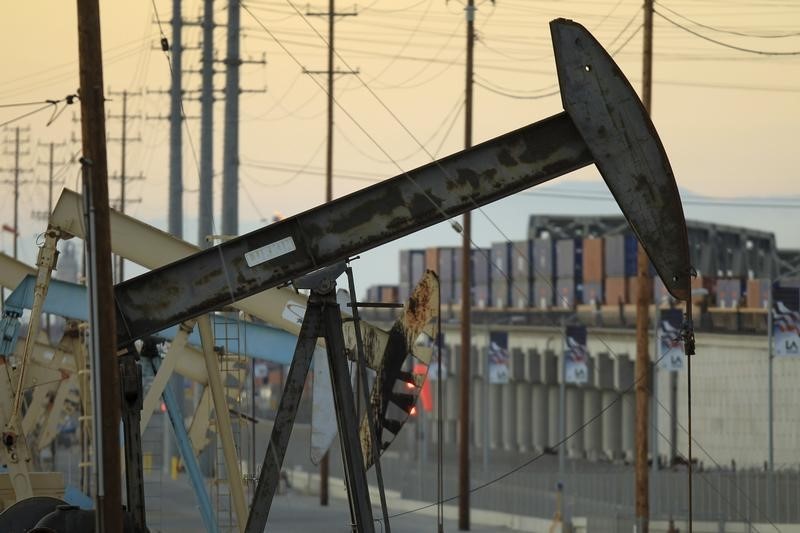CTAs are almost max long in equities, have very limited room to buy: UBS
* Libya NOC declares force majeure on two major oilfields
* Anti-government unrest in Iraq resumes
* Oil disruption could be offset by OPEC output - PAJ
president
* Graphic on Libya export: https://tmsnrt.rs/30D1s02
By Jessica Jaganathan
SINGAPORE, Jan 21 (Reuters) - Oil prices rose on Tuesday
after Libya declared force majeure on two major oilfields
following a military blockade and protests escalated in Iraq,
raising supply concerns.
Brent crude LCOc1 was trading up 11 cents, or 0.2%, at
$65.31 per barrel by 0101 GMT. U.S. West Texas Intermediate
crude futures CLc1 were up 20 cents, or 0.3%, at $58.74 a
barrel.
"Rising disruptions in ... Libya are likely to keep oil
prices well supported in coming days," analysts from Australia
and New Zealand Banking Group said in a note on Tuesday.
Two major oilfields in southwest Libya began shutting down
on Sunday after forces loyal to Khalifa Haftar closed a
pipeline, potentially reducing national output to a fraction of
its normal level, the country's National Oil Corp (NOC) said.
A document sent to oil traders and seen by Reuters on Monday
said the NOC had declared force majeure - a waiver on
contractual obligations - on crude loadings from the Sharara and
El Feel oilfields in Libya's southwest.
If Libyan exports are halted for any sustained period,
storage tanks will fill within days and production will slow to
72,000 barrels per day (bpd), an NOC spokesman said. Libya has
been producing around 1.2 million bpd recently. Anti-government unrest in Iraq, another major oil producer,
also supported oil prices, although officials have said
production in southern oilfields has not been affected by the
unrest. Any supply disruptions could be offset by increased output
from the Organization of the Petroleum Exporting Countries
(OPEC), which could limit the impact on global oil markets, the
head of Japan's petroleum industry body said. Also adding to supply, Guyana exported its first-ever
shipment of crude on Monday, marking the tiny South American
nation's debut as an oil exporter.
Meanwhile, Bank of America Global Research raised its 2020
oil price forecasts on Monday, citing risks to supply from the
Middle East, an improving demand outlook and higher OPEC+
compliance to deepen output cuts. The bank expects global demand to grow by 1.1 million
barrels per day during this year, while its supply and demand
outlook suggested a surplus of 190,000 barrels per day.
